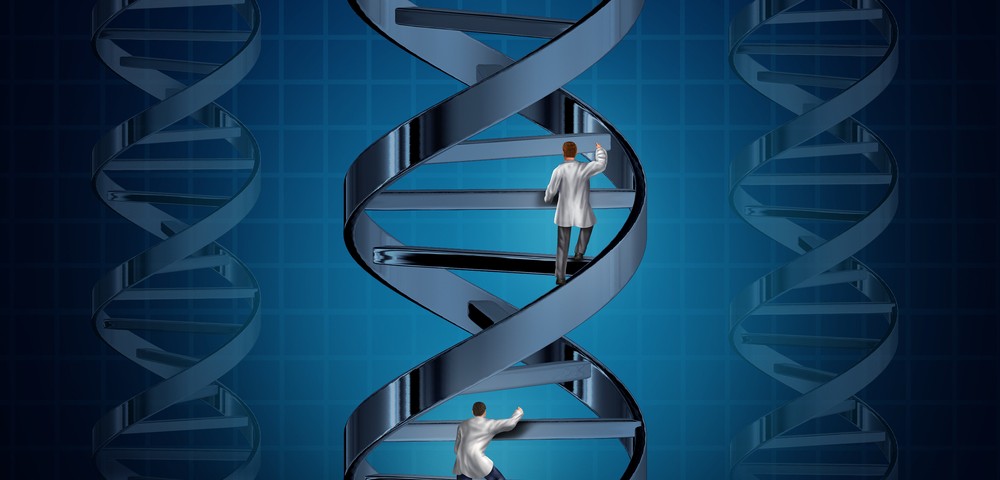Layla, a 1-year-old girl with leukemia, received gene-edited immune cells from a healthy donor and is now reported to be effectively in remission.
Layla, who failed to respond to all previous treatments, represents the second trial investigating gene-editing as a therapy (the first was performed on HIV-infected patients). The successful results are fostering the development of new trials, some testing new strategies such as injecting DNA that codes for gene editing enzymes directly into patients.
A research team led by immunologist Waseem Qasim, Great Ormond Street Hospital for Children NHS Trust, London, followed this strategy in Layla’s treatment:
- First, the team extracted T cells (key cells of our immune system) from a healthy donor and exposed these cells to an enzyme that selectively cuts DNA, called TALEN. This enzyme acts by deactivating genes that regulate T cell responses against recipients, i.e., the newly edited T cells, once injected, will not attack the patient’s tissues.
- Additional genes were edited to protect the donor T cells from the adverse effects of drugs present in the patient’s system.
- The recipient is then subjected to therapies aimed at destroying his/her own immune cells to “make space” for the transplanted cells. This strategy is not seen as a cure, but it allows patients to endure while clinicians search for a matched T cell donor.
Different types of diseases need different strategies. For example, editing a patient’s genome in vivo is required if malignant cells are harbored within a specific organ or tissue that is harder to remove than blood. Both ex vivo and in vivo therapies may cause cuts and mutations elsewhere in the genome, however, in vivo strategies face some additional challenges: a potential long period of activation of the DNA-delivering vector (years after it has been injected), and ensuring a sufficient number of target cells gets edited and that the DNA-vector is delivered to the correct cell type in the patient’s body.
Despite the challenges of in vivo gene-editing, the strategy promises to revolutionize how patients are treated and possibly offer an alternative to a wide number of diseases currently without a cure.
Biomedical engineer Charles Gersbach at Duke University in Durham, North Carolina, presented data during a synthetic-biology meeting that showed gene-editing in vivo technology corrected the gene defect responsible for muscular dystrophy in about 20% of muscle cells of a mice models of the disease. The correction was enough to substantially improve muscle tone and strength. Said Gersbach at the April presentation, “I think [in vivo] is the next wave of gene editing.”


